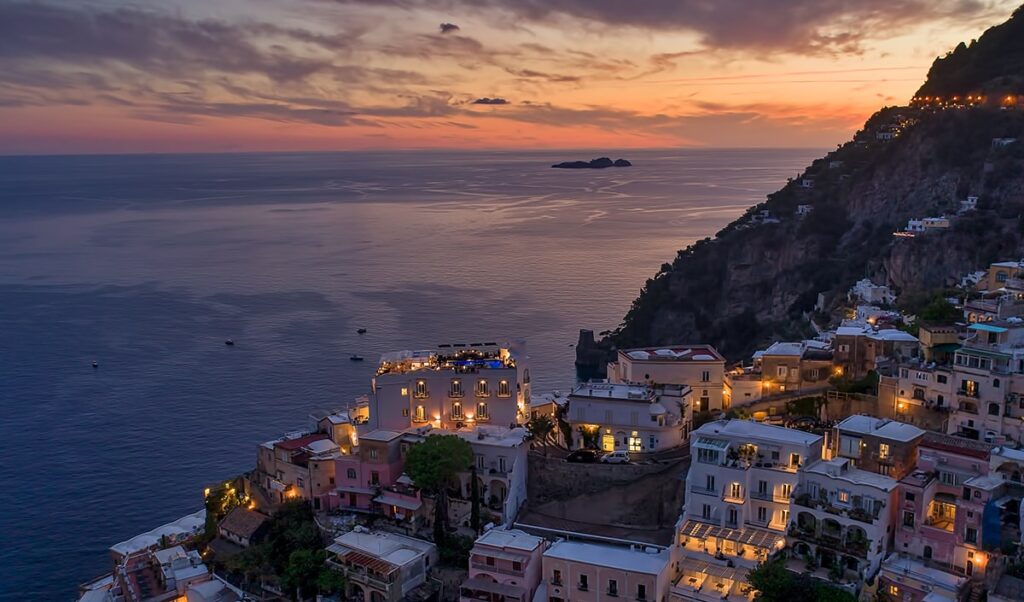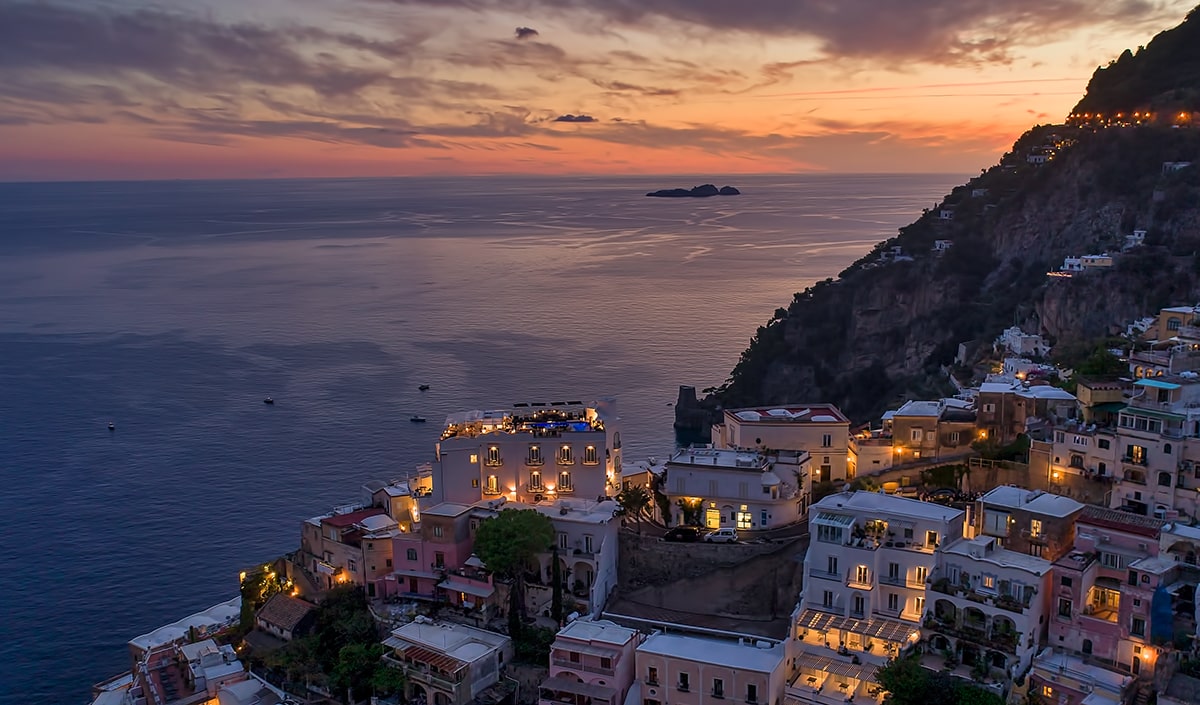The Sorrento Peninsula: An Unforgettable Journey Through History and Food
Whether it’s the region’s welcoming small towns, the scenery that’s inspired generations of artists or the variety of Michelin-starred restaurants, there’s a lot to love about the Sorrento Peninsula.
Stretching into the Tyrrhenian Sea, the Sorrento Peninsula separates the Gulf of Naples and Salerno. It’s a place filled with natural beauty, thanks to coastal roads that make the most of the Italian landscape, winding through citrus groves, olive groves and vineyards, offering sweeping views of Vesuvius and the island of Capri.
When it comes to food, there’s a lot on offer. The Sorrento Peninsula is packed with Michelin-starred restaurants including La Torre del Saracino in Vico Equense, a region that has the highest concentration of Michelin-starred restaurants in the Campania region.
Don Alfonso 1890, located in the village of Sant’Agata sui Due Golfi, is another. It epitomizes the high gastronomy of food made in the Campania region with dining areas derived from a 19th-century Neapolitan palace, dishes that celebrate local ingredients, heritage and creativity and a pre-Roman cellar home to 25,000 bottles.
When you’ve sampled the region’s tastes, culture should be next on your list. With a name that translates to “land of the mermaids” and with tales that stretch back as far as Homer’s Odyssey, the town of Sorrento is steeped in history.
The town’s centre, Piazza Tasso, is named after the monument dedicated to the poet of Jerusalem Delivered (Gerusalemme Liberata), Torquato Tasso, who was born here. Historic artifacts are preserved at the Correale Museum, opened in 1924 in the 18th-century mansion donated by descendants of an ancient and noble Neapolitan family, Count Alfredo Correale and his brother Pompeo. Highlights of the museum include a collection of impressive 17th- and 18th-century paintings and a beautiful hall of clocks.
If you’d prefer to spend your time outdoors, Sorrento is home to lovingly presented and maintained parks. The Villa Comunale, also located in the town’s centre, overlooks the sea, offering spectacular views of the Gulf of Naples. Close by you have the Marina Piccola, a bathing area where, according to legend, Ulysses was seduced by sirens, and a port where ferries and hydrofoils depart for the island of Capri and Naples.
On the topic of coastal experiences, Sorrento offers a stunning range of seaside stays on famous shores. The Bagni della Regina Giovanna, named after Queen Giovanna D’Angiò, who lived there between 1371 and 1435, entertaining lovers in the secluded natural pools, includes the remains of a 30,000-square-metre Roman domus, Villa di Pollio Felice, dating back to the first century B.C.
Whatever sights, smells and tastes you choose to spend your time with in Sorrento, rest assured you’ll be treated to a memory that lasts a lifetime.





















































































